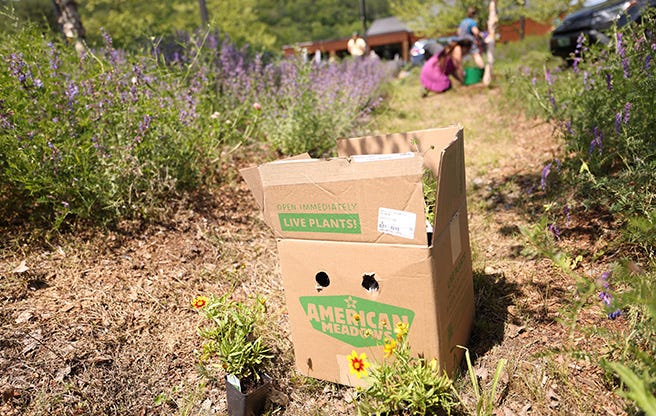Echinacea Tomato Soup
Echinacea Tomato Soup
SKU: 46047
Shipping:
No longer available this season.
Overview
Tomato Soup' is a hybrid coneflower with bright tomato-red flowers that fade to pink as the mature. A very showy color break through in this genus, it requires perfect growing conditions to do well in the western US.
key features
Botanical Name
Echinacea Tomato Soup
Advantages
Bee Friendly, Attracts Butterflies, Deer Resistant
Growing Zones
Zone 4, Zone 5, Zone 6, Zone 7, Zone 8, Zone 9
Light Requirements
Full Sun
Soil Moisture
Average
Mature Height
28-32" tall
Mature Spread
18-24" wide
Bloom Time
Early summer to mid fall
SKU
46047



